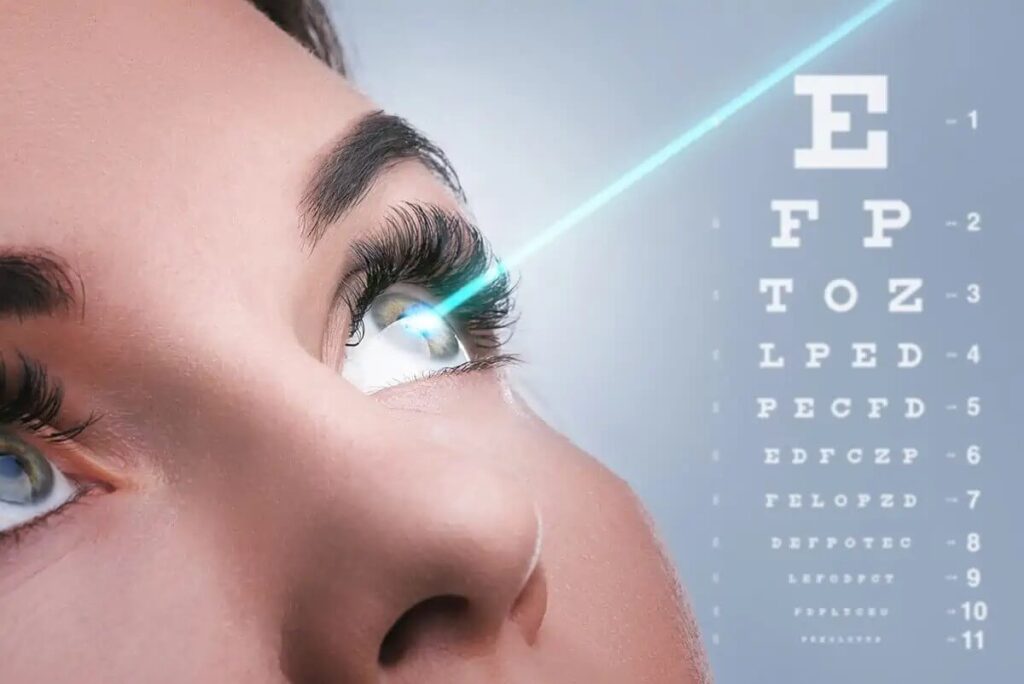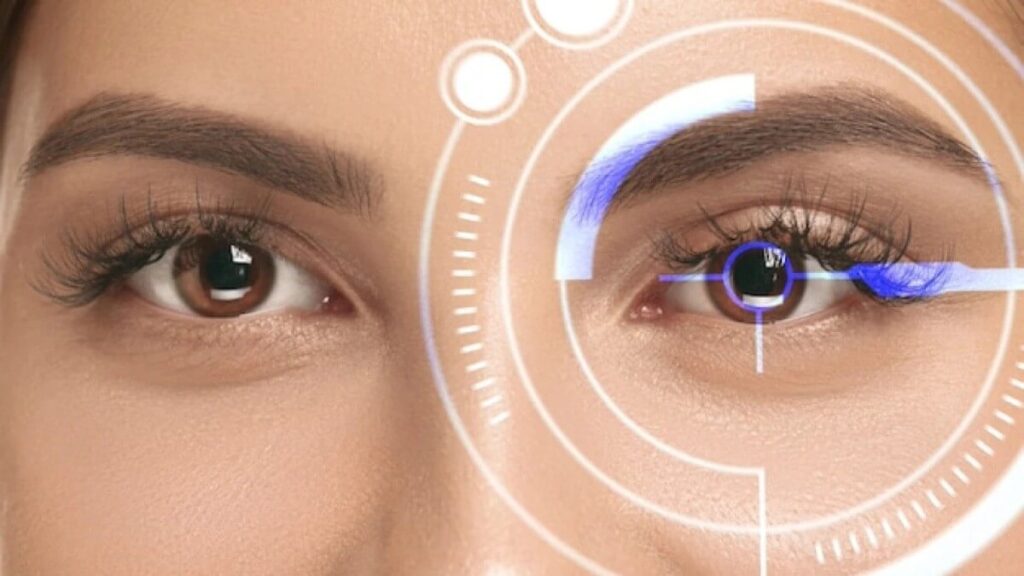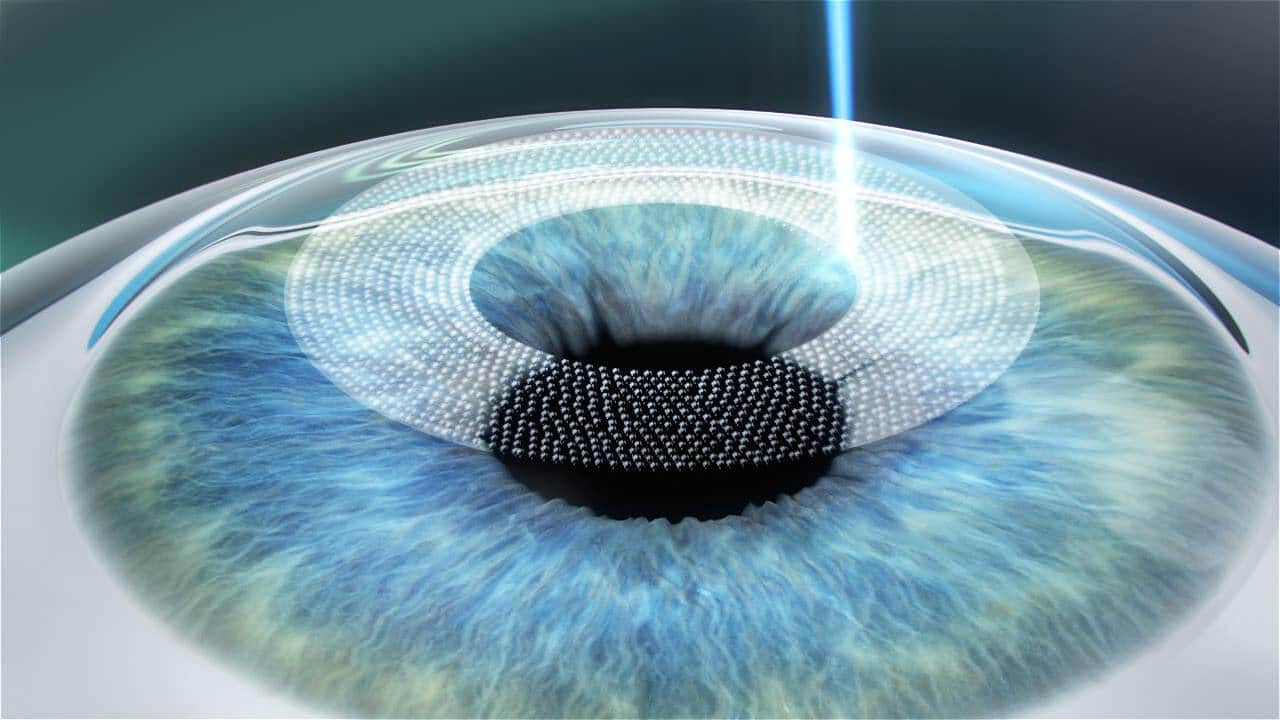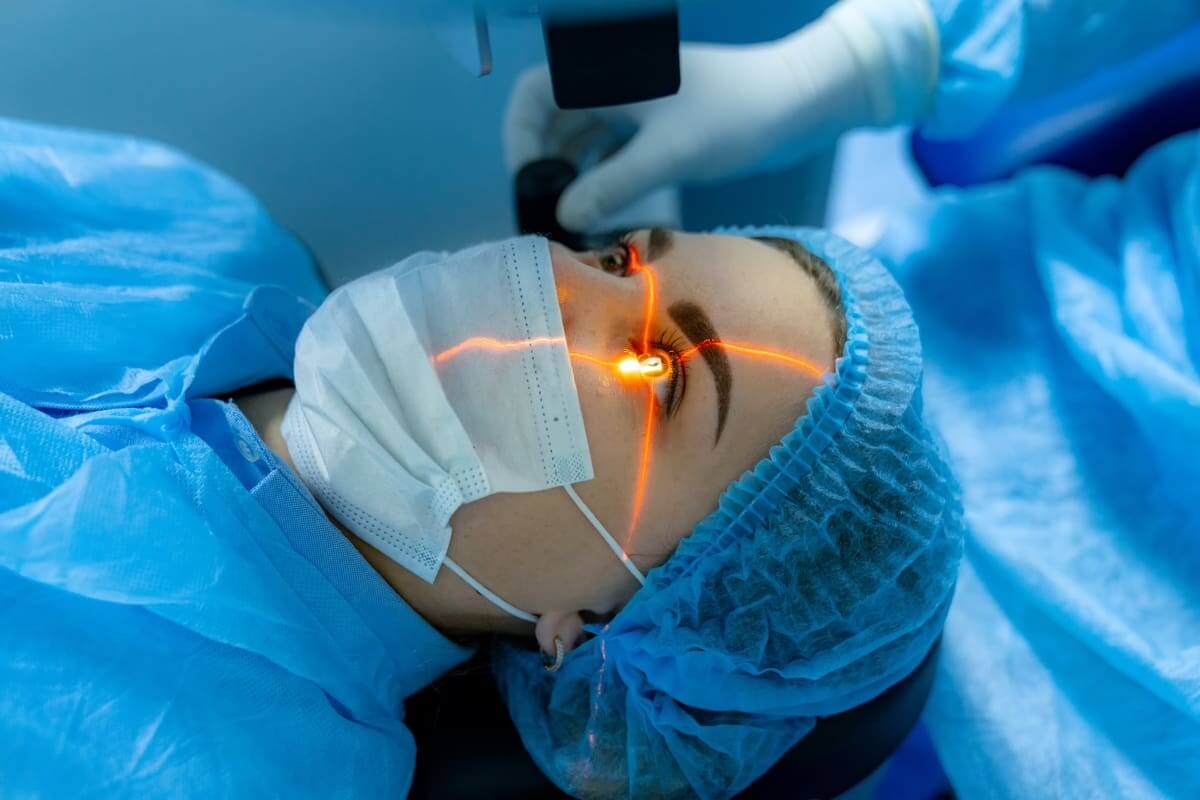Introduction
Vision correction has evolved significantly over the years, offering patients more effective and minimally invasive solutions. Among these advancements, SMILE eye surgery has gained popularity due to its precision, quick recovery, and reduced discomfort compared to traditional methods. This innovative laser eye surgery provides a promising alternative for those seeking freedom from glasses and contact lenses. In this article, we will explore what SMILE eye surgery is, how it works, its benefits, risks, and post-operative care.
What is SMILE Eye Surgery?
SMILE (Small Incision Lenticule Extraction) is a revolutionary laser vision correction procedure designed to treat refractive errors such as myopia (nearsightedness) and astigmatism. Unlike LASIK, which involves creating a corneal flap, SMILE utilizes a femtosecond laser to create a small lenticule inside the cornea, which is then removed through a tiny incision. This method preserves more corneal tissue, resulting in better stability and fewer complications.
How Does SMILE Eye Surgery Work?
SMILE eye surgery follows a straightforward and efficient process. The procedure typically involves the following steps:
- Preoperative Evaluation
A comprehensive eye examination is conducted to assess corneal thickness, prescription stability, and overall eye health. - Lenticule Creation
A femtosecond laser precisely creates a small disc-shaped piece of tissue (lenticule) inside the cornea. - Lenticule Removal
A tiny incision is made through which the lenticule is carefully extracted, reshaping the cornea to correct the refractive error. - Healing Process
Since no corneal flap is created, the recovery period is quick, and the structural integrity of the eye remains largely intact.

Benefits of SMILE Eye Surgery
SMILE offers several advantages over traditional laser vision correction procedures. Some key benefits include:
1. Minimally Invasive Procedure
- Unlike LASIK, SMILE requires only a small incision (2-4 mm), reducing the chances of flap-related complications.
- The corneal nerves are less affected, minimizing post-operative dryness.
2. Enhanced Corneal Stability
- More corneal tissue is preserved, making it a better option for individuals with thinner corneas.
- The procedure reduces the risk of ectasia, a condition where the cornea weakens over time.
3. Faster Recovery and Less Discomfort
- Since no flap is created, the healing process is smoother.
- Many patients experience improved vision within 24 hours after surgery.
4. Suitable for Active Lifestyles
- The absence of a corneal flap makes it ideal for athletes and individuals engaged in high-contact sports.
- There is a lower risk of dislocation or complications associated with impact.
Who is a Good Candidate for SMILE Eye Surgery?
Not everyone qualifies for SMILE eye surgery. An ophthalmologist evaluates several factors before recommending the procedure. Suitable candidates usually include:
- Individuals aged 18 and above with stable vision for at least one year.
- Patients with mild to moderate myopia and astigmatism.
- Those with sufficient corneal thickness to support the reshaping process.
- Individuals without eye diseases such as keratoconus, glaucoma, or severe dry eye syndrome.

Risks and Potential Complications
Although SMILE eye surgery is considered safe, potential risks should be considered:
- Temporary Dryness: Mild dryness is common but usually resolves within a few weeks.
- Visual Disturbances: Some patients may experience halos, glare, or reduced contrast sensitivity initially.
- Under or Overcorrection: In rare cases, additional enhancements may be required to achieve optimal vision.
- Infection or Inflammation: Proper post-operative care minimizes this risk significantly.
SMILE Eye Surgery vs. LASIK and PRK
1. SMILE vs. LASIK
| Feature | SMILE | LASIK |
|---|---|---|
| Invasiveness | Minimally invasive | Requires corneal flap |
| Recovery Time | Faster | Slightly longer |
| Dry Eye Risk | Lower | Higher |
| Corneal Stability | More stable | Slightly less stable |
2. SMILE vs. PRK
| Feature | SMILE | PRK |
| Pain & Discomfort | Minimal | Moderate to high |
| Healing Time | Faster | Longer |
| Corneal Surface Disruption | No | Yes |
| Suitability for Thin Corneas | Possible | More suitable |

What to Expect During Recovery
Recovery from SMILE eye surgery is generally smooth and straightforward. Here’s what patients can expect:
1. Immediate Post-Surgery Period
- Vision may appear hazy initially but improves within 24-48 hours.
- Minimal discomfort and dryness may be experienced.
2. First Week After Surgery
- Patients should avoid rubbing their eyes and engaging in strenuous activities.
- Prescription eye drops help reduce inflammation and prevent infection.
3. Long-Term Recovery
- Full visual stabilization occurs within a few months.
- Regular follow-ups ensure proper healing and optimal results.
Cost of SMILE Eye Surgery
The cost of SMILE eye surgery varies based on several factors, including location, surgeon expertise, and clinic reputation. In Australia, the average cost ranges from $3,000 to $4,500 per eye. Some clinics offer financing options or health insurance rebates, making the procedure more accessible to patients.
Conclusion
SMILE eye surgery is a cutting-edge vision correction procedure that offers several advantages over traditional methods. With its minimally invasive approach, quick recovery, and enhanced corneal stability, it has become a preferred option for many seeking clear vision without glasses or contact lenses. If you are considering SMILE eye surgery, consult an experienced ophthalmologist to determine whether you are a suitable candidate. By understanding the benefits, risks, and recovery process, you can make an informed decision about improving your vision safely and effectively.
Related – Cataract Surgery Cost in Australia: Price Breakdown & Financial Options


